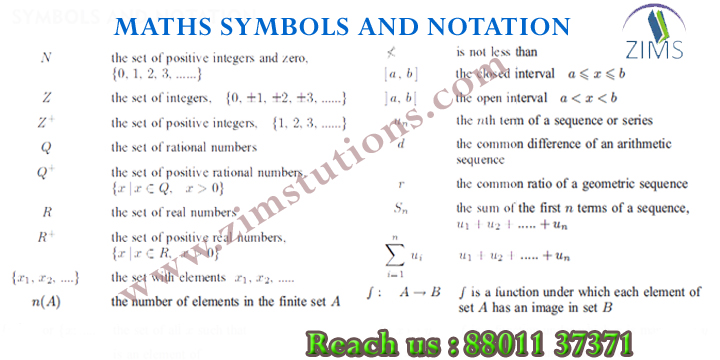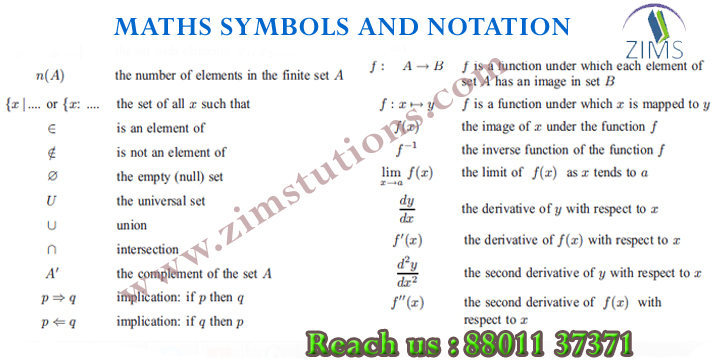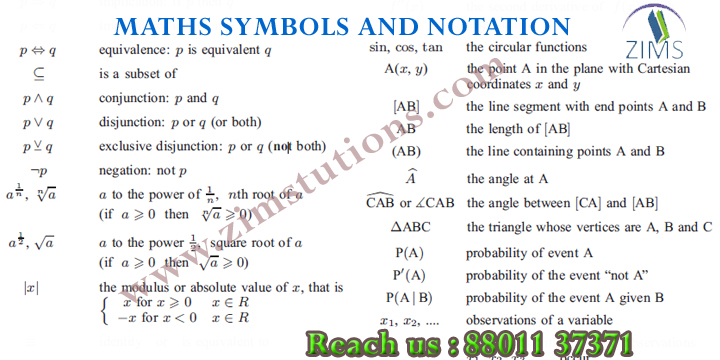

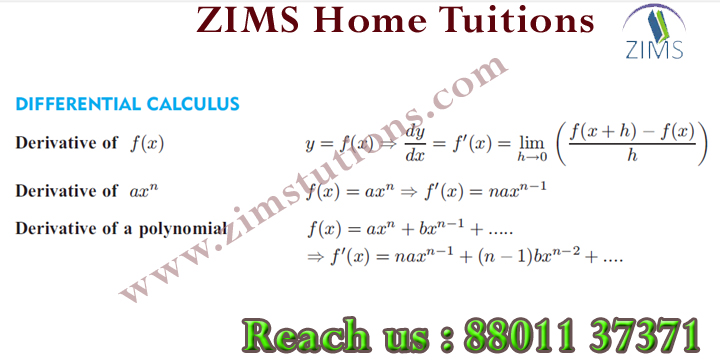

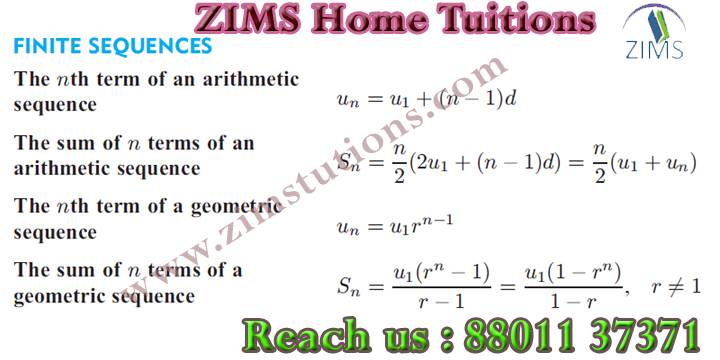
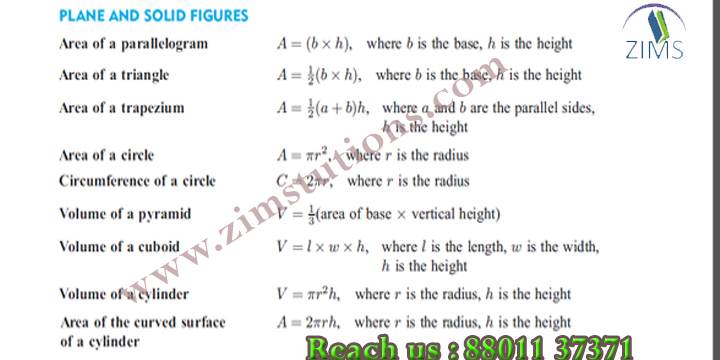
Mensuration is the branch of mathematics which deals with the study of Geometric shapes, their area, volume and related parameters.
Some important mensuration formulas are:
1. Area of rectangle (A) = length(l) × Breath(b)
2. Perimeter of a rectangle (P) = 2 × (Length(l) + Breath(b))
3. Area of a square (A) = Length (l) × Length (l)

Mensuration is the branch of mathematics which deals with the study of Geometric shapes, their area, volume and related parameters.
Area of isosceles triangle =
Where a = length of two equal side , b= length of base of isosceles triangle.
Area of trapezium (A) =
Where “a†and “b†are the length of parallel sides and “h†is the perpendicular distance between “a†and “b†.
Perimeter of a trapezium (P) = sum of all sides
Area of rhombus (A) = Product of diagonals / 2



One of the most basic purposes of statistics is simply to enable us to make sense of large numbers. For example, if you want to know how the students in your school are doing in the statewide achievement test, and somebody gives you a list of all 600 of their scores, that’s useless. This everyday problem is even more obvious and staggering when you’re dealing, let’s say, with the population data for the nation.
We've got to be able to consolidate and synthesize large numbers to reveal their collective characteristics and interrelationships, and transform them from an incomprehensible mass to a set of useful and enlightening indicators.


